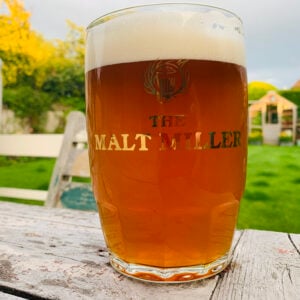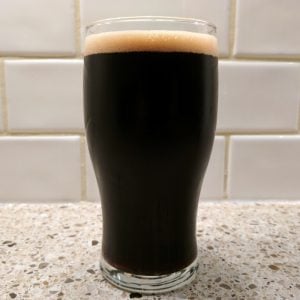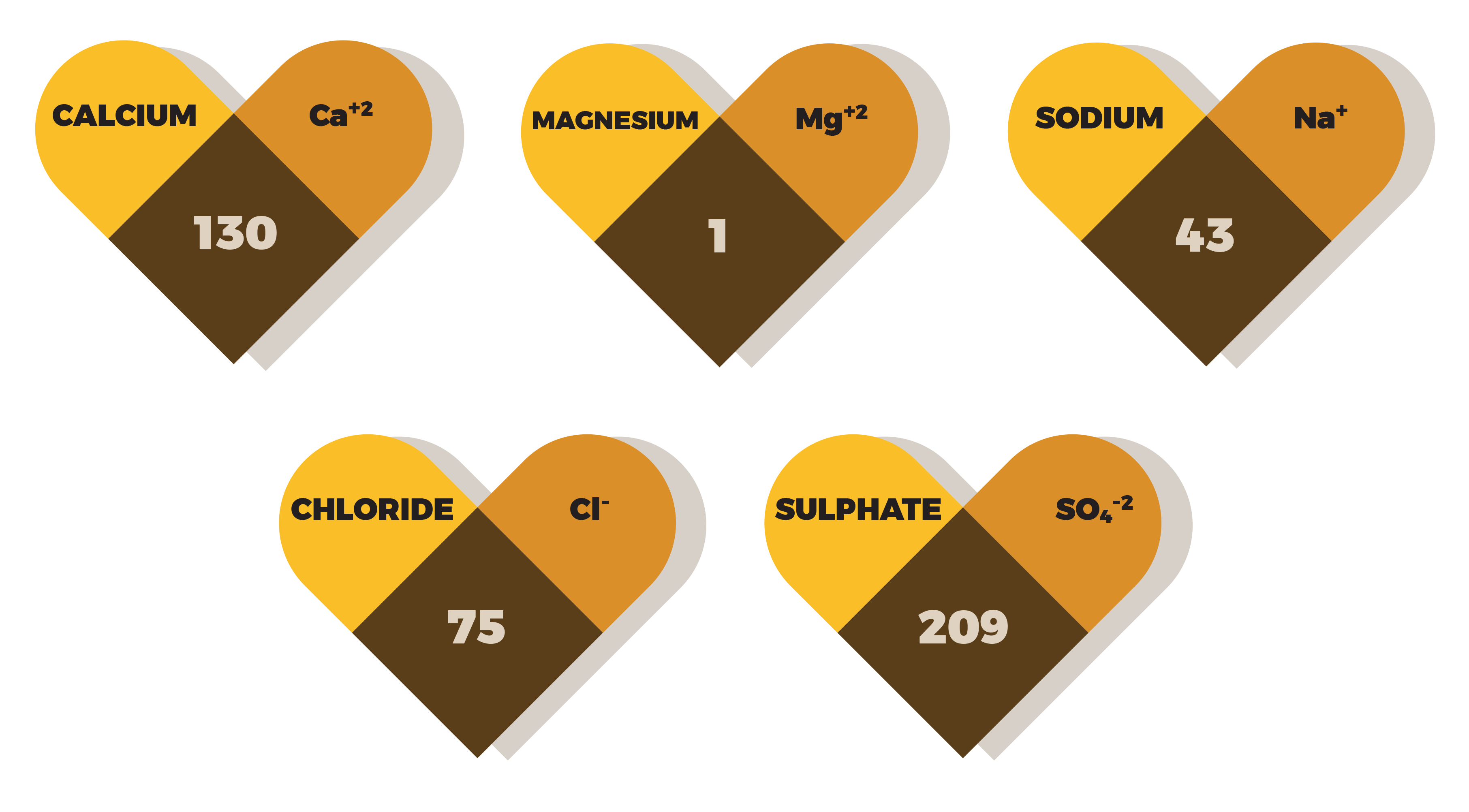Brew With Us ESSENTIALS – which water profile for my recipe?

Wat-er style would you like?
Third time’s the charm for that awful pun!
Let’s hit the recipes – and find out what treatment will get the best results…
As always, looking at recipe kits is a great way to put what we’ve learned into practice. Depending on the water you’re using, some recipe kits will take more water treatment to get right than others. This isn’t a bad thing! Many of the classic regional beers of the world were influenced by local water profiles, and your own local profile is part of what makes your homebrew unique. That said, with a little work you should be able to brew just about anything you want.
All of these examples aim for a mash pH between 5.2 and 5.6. Some guides will recommend specific targets within this range for different styles. However, this is up to you. We suggest aiming for the middle of this range (5.4) to allow for any fudging in either water calculations or pH measurements: if you aim for the edges of the range you might slip out. That said, being a little outside the target range isn’t the end of the world, just like being half a degree over on your mash temperature.
Landlord

A classic British bitter like Landlord benefits from high levels of minerals in general, with lots of sulphates to give a snappy bitterness. Most of these sulphates will come from gypsum (calcium sulphate) rather than Epsom salts (magnesium sulphate) to avoid raising the level of magnesium too high.
Aim for the upper range of sulphates (300-350mg/l) and a sulphate to chloride ratio between 1.8-2.0. In practice this means around 150-200mg/l chlorides.
To hit these high levels, you will probably be adding quite high levels of minerals to your mash. If you are using alkaline tap water, you might find you don’t need to add as much acid as for some other beers because the level of minerals will lower the pH. For RO water, you might find you need to add some alkalinity back in to avoid the mash pH straying too low. Also, keep an eye on the total calcium level – try to keep it under 200ppm.
Leffe
In contrast to Landlord, this Belgian Blonde is best with lower levels of minerals and a balanced sulphate to chloride ratio. Around 50ppm of both sulphates and chlorides is ideal.
Most of the malts in this beer are quite pale, so you may find you need to use more acid to hit the right pH compared to a darker coloured beer.

Two Hearted IPA

West Coast IPAs are known for pushing the sulphate to chloride ratio high into the bitter side, and this emulation of the famous Bell’s Two Hearted IPA is no exception! The actual water profile used by Bell’s has been shared, and it’s well worth looking at:
This works out as a sulphate to chloride ratio of 2.78 – firmly in the “Bitter” side of the spectrum. But check out that sodium level! Right up near the recommended maximum of 50ppm. This will help give that rich, malty body that Two Hearted is so famous for.
Even Sharks Need Water
On the other end of the sulphate to chloride spectrum is the New England IPA, aka hazy IPAs. The massive amounts of hops in these beers makes managing the bitterness vital, so typically these aim at a much more chloride-heavy water profile to soften and smooth out bitterness.
Verdant Brewing in Cornwall are one of the best producers of hazy IPAs in the UK, and head brewer James Heffron was kind enough to share their recipe for Even Sharks Need Water (“ESNW”). He had this to say about the water treatment:
“With regards to a suitable water profile for ESNW I would encourage home brewers to experiment. Down in Cornwall we have predominantly soft water ranging from ‘moderately soft’ to ‘very soft’. This basically means levels of all the minerals are very low. It also means we have a great base line water source for building style profiles. I know some brewers who utilise reverse osmosis techniques to almost entirely demineralise their water, but I like the fact that all we do is run it through a sediment filter and then a carbon filter. This removes any rust or debris from our old mains water pipes and also the volatile low-level chlorine used to kill bacteria. Working with the water in your area, in my opinion, is one of the most exciting parts of brewing and similar to the concept of ‘terroir’ in farming.

“With ESNW we push chloride up to around 230mg/l, we leave sulphate at base mains level (10mg/l), and we elevate sodium to around 50mg/l. The sodium chloride is added to the boil and the calcium chloride to the mash. By doing this we create a very soft mouthfeel but without elevating calcium levels above 100mg/l.
“You don’t need to try and emulate this profile, though. In fact, I would suggest not to if your base line is too far off initially. It’s far more important to work with what you’ve got and tweak from there.”
Some fantastic advice! And check out that extreme sulphate to chloride ratio. It’s far outside the normally recommended level… but it works for this beer.
Rob’s Twisted Stout

An oatmeal stout “twisted” with a big charge of Bramling Cross hops, this is a beer where you can try quite different approaches with the water. If you want a rich, full beer that really makes the most of the oats, aim for a sulphate to chloride ratio of 0.4 (very malty) and consider adding some table salt to raise the sodium level up to 50mg/l. Don’t forget to factor the salt into your chloride levels: table salt is sodium chloride.
On the other hand, if you prefer a drier finish that emphasises the bittering hops, try pushing the sulphate to chloride ratio up to 2.5 (bitter). This is more like the classic Irish dry stout profile. Why not brew the kit twice and see which you prefer!
LupoMax Bohemian Pilsner
The traditional approach for Bohemian pilsners is to imitate the water from Plzeň in the Czech Republic. This has very few minerals at all, with virtually no calcium, sulphate, or chlorides (under 10 mg/l of each) – fewer than you’d get in most bottled mineral waters. True pilsner yeasts are well-adapted to these conditions, so having such little calcium won’t hinder fermentation – but it can still affect the efficiency of your mash and the clarity of your wort.
An alternative approach is to raise calcium to a safe minimum of around 50mg/l, with relatively equal levels of sulphates and chlorides (a ratio of around 1.0, “balanced”). Pilsners are a true test of your brewing ability, with each component needing to be finely balanced, and careful treatment of your water is essential to get an authentic flavour.

The final curtain call
Is this really the end? Is there nothing more to learn?!
Find out in the grand finale of this wonderful journey we’ve had…



